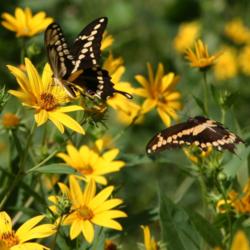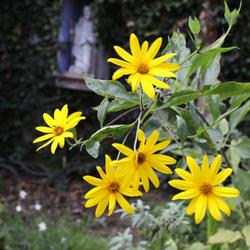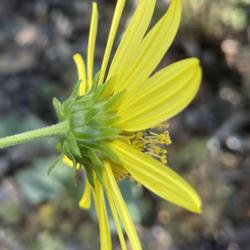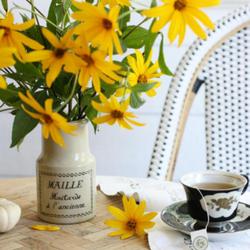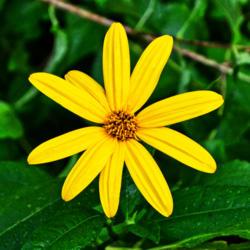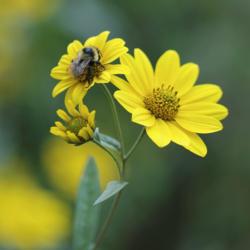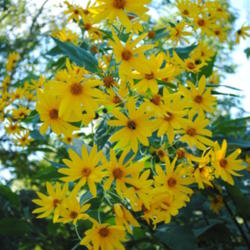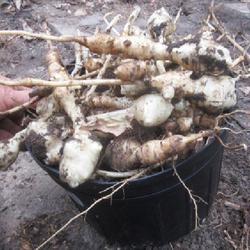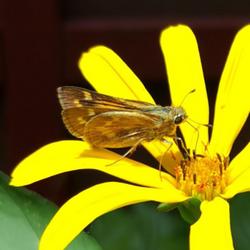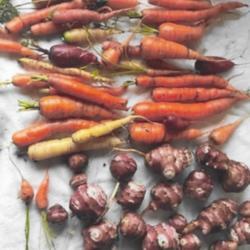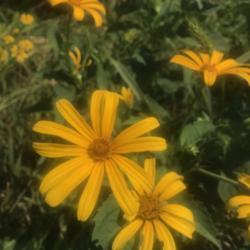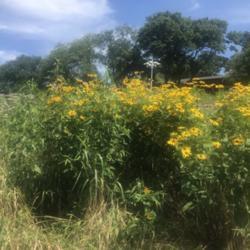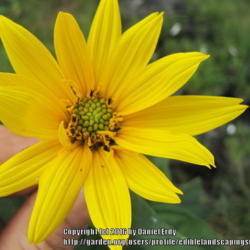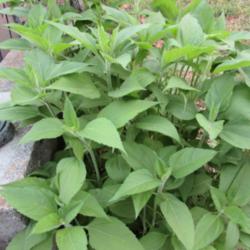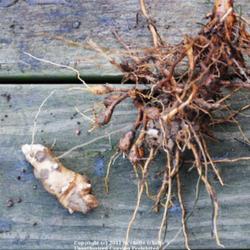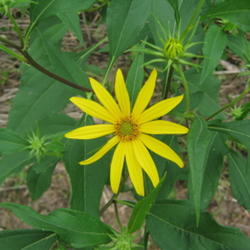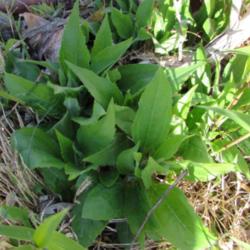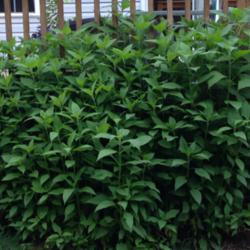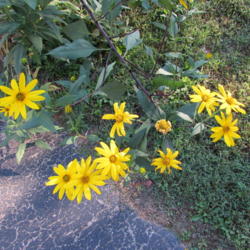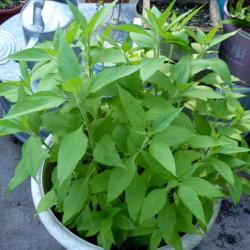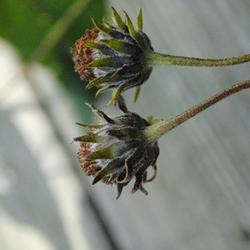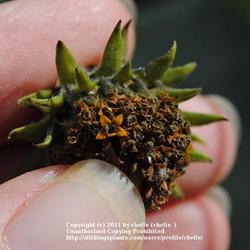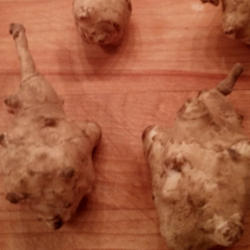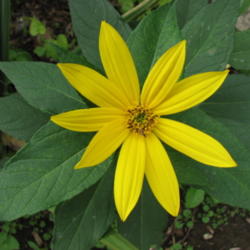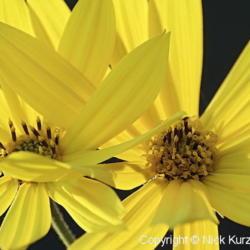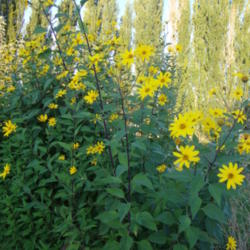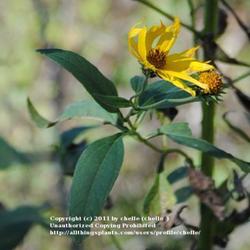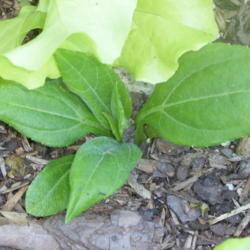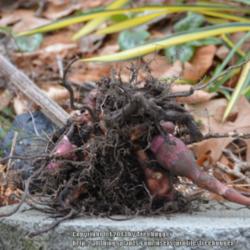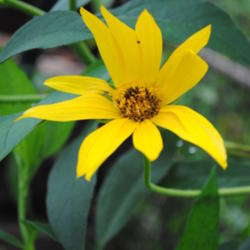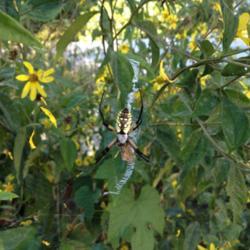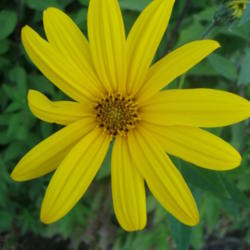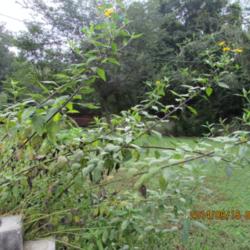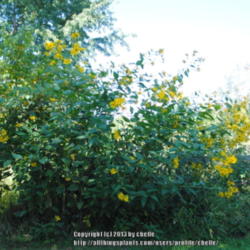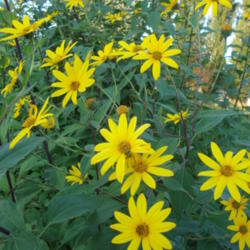Posted by
webesemps (Salem OR - Zone 8a) on Jan 4, 2014 12:58 PM concerning plant:
I have never grown Jerusalem Artichoke (sun chokes), but I discovered them recently at the supermarket and now they have replaced the artichoke in my boiling pot. I find that the sun chokes taste almost like artichoke hearts, but there's no need to deal with the leaves and the prickly beard near the heart. Eating sun chokes is like getting artichokes hearts' taste and texture but without the fuss.
Posted by
jmorth (central Illinois) on Jan 15, 2012 1:27 PM concerning plant:
Plant often grown for its nutty-tasting tubers. Tubers can be cooked like potatoes, sliced, and added to salads, or even pickled. Tubers grow best in sandy soils.
Fairly common wildflower in Illinois. Grows naturally in moist ground bordering woods, thickets, and prairie draws. Also, along streams, roadsides, and RR right of ways.
4" diameter yellow flowers top these 7 to 9' tall plants August through October.
The Jerusalem part of common name is from girasole, Italian for 'sunflower'.
Posted by
Skiekitty (Denver Metro - Zone 5a) on Jul 12, 2013 8:53 AM concerning plant:
When I bought my house in '05, this plant was growing in the front yard near the street. It was a nice sunflower type of plant, so I decided that I'd let it grow. No harm in letting it grow where it was. I never water it, I never feed it, I never take care of it, and it comes back every single year faithfully in the same spot. It's not invasive in my area and the flowers last 4-6 weeks (mid-late summer to mid fall). I haven't found anything to detract from it, so it stays. Anything that grows wild in my yard & produces pretty flowers like this deserves a spot!
Posted by
Catmint20906 (PNW WA half hour south of Olympia - Zone 8a) on Aug 23, 2014 5:29 PM concerning plant:
Sunroots or Jerusalem Artichoke (Helianthus tuberosus) is a larval host plant for the Spring Azure and Silvery Checkerspot Butterflies. It also has special value to native bees and to wildlife. Deer and other mammals enjoy its foliage and roots, and its seedheads are enjoyed by birds. Native to North America, this plant can spread aggressively.
Posted by
SCButtercup (Simpsonville SC - Zone 7b) on Aug 24, 2014 5:30 AM concerning plant:
Hummingbirds love these! Extremely tough plant, but needs to be grown where it won't be a nuisance. I put mine next to my deck. The railing gives support to the beautiful 6-8 foot flowering plants. Usually, by July I have to run some twine around them and tie them to the deck to keep them from flopping. As we sit on the deck, we enjoy the flowers and hummingbirds, which are probably eating insects. Then in the fall the roots are food! It's a great plant as long as you take care in siting it.
Posted by
Mindy03 (Delta KY) on Sep 29, 2011 6:12 PM concerning plant:
Honey bees get nectar from this plant
